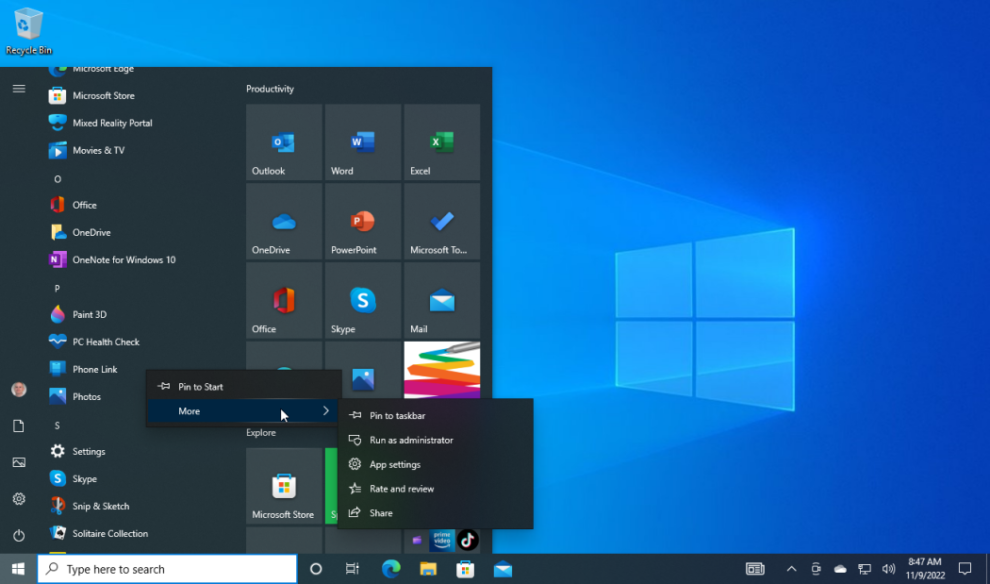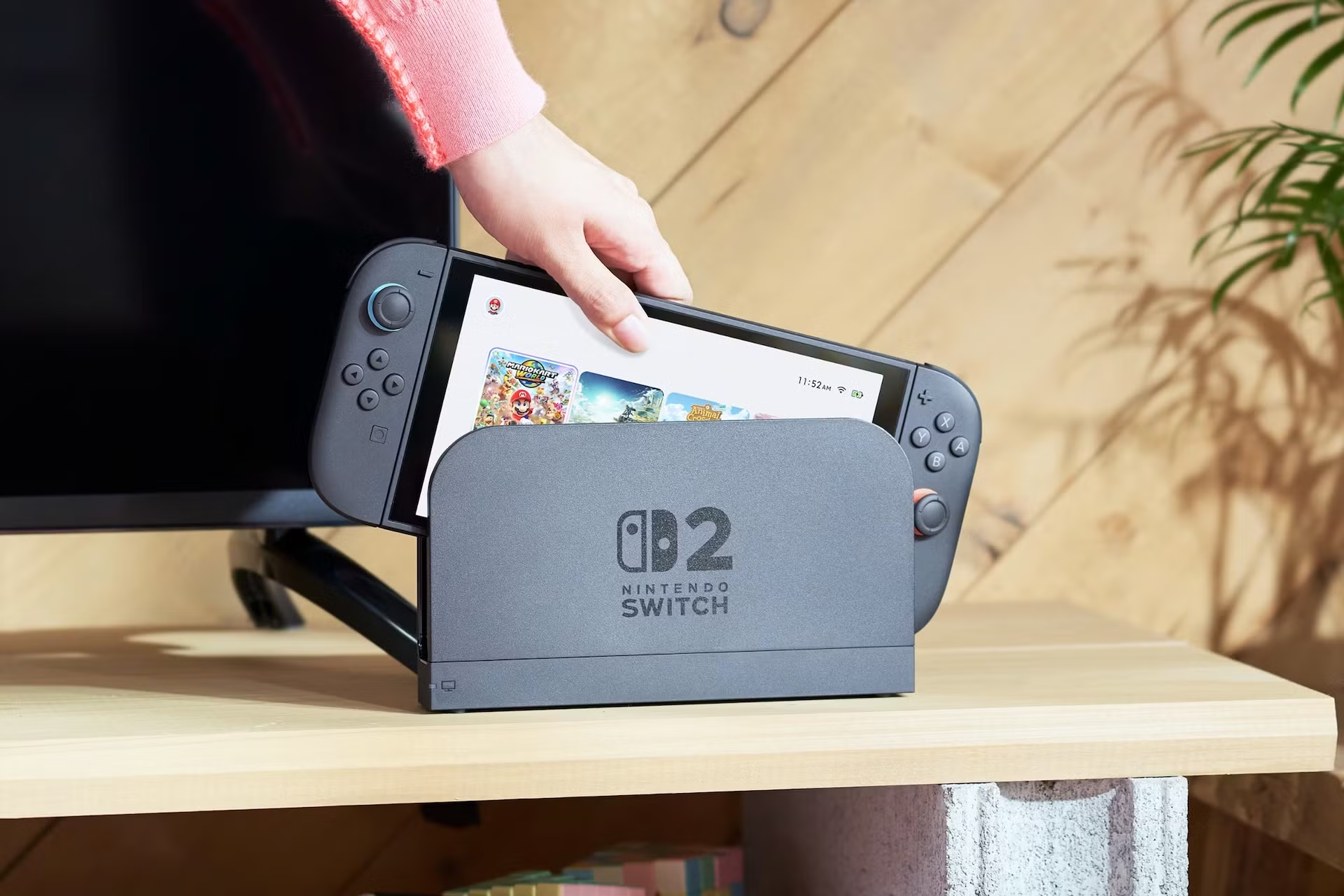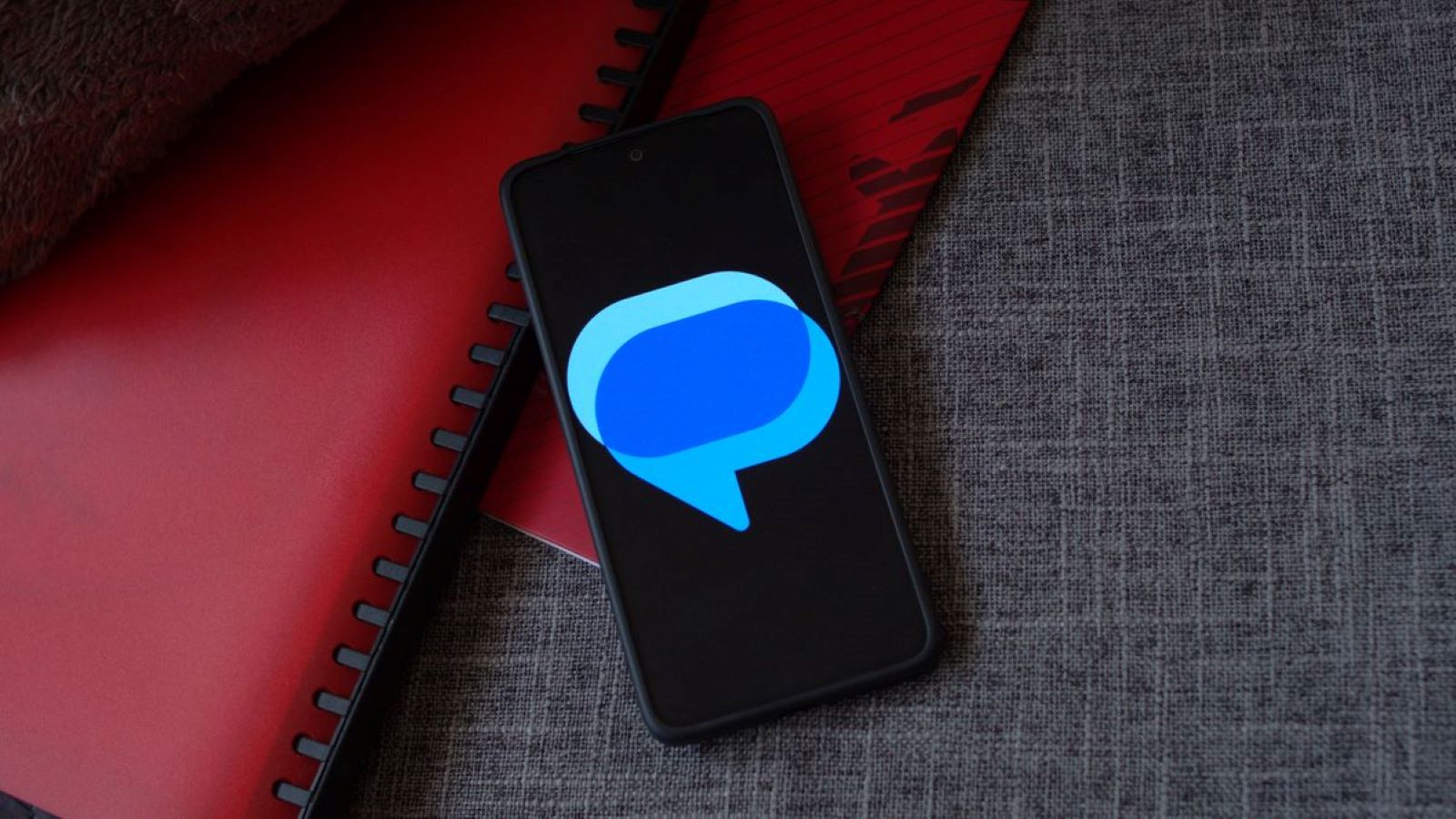In a move that has sparked both curiosity and concern among its user base, Microsoft has begun testing a new feature that integrates advertisements directly into the Windows 11 Start Menu. This initiative reflects Microsoft’s broader strategy to enhance its marketing efforts within its operating system, pushing promotions not just for third-party products but significantly for its own services like Microsoft Teams.
As early as last year, users on the Beta and Dev builds of Windows 11 began noticing ads popping up in their Start Menu, an area traditionally reserved for navigating files, apps, and settings. These ads, which have included promotions for Microsoft’s own products, have led to discussions about the balance between functionality and commercialization of the operating system’s interface.
This strategy by Microsoft is not entirely new; the company has previously utilized parts of its operating system to promote its services. However, the integration into such a prominent and frequently accessed part like the Start Menu has raised usability concerns. Reports have surfaced indicating that these ads have, at times, caused glitches such as making the Start Menu and taskbar unresponsive, highlighting potential stability issues that could impact the user experience.
Feedback from the community has been mixed, with some users expressing indifference as long as the ads remain non-intrusive and relevant, while others are more critical, viewing this as an unwelcome intrusion into their personal computing space. There’s also been a technical side to the backlash, where users faced functionality issues, which Microsoft has had to address promptly through updates and fixes to ensure stability isn’t compromised.
The implications of these ads extend beyond mere inconvenience. They touch on broader themes of digital ownership and user agency, prompting discussions about the extent to which operating systems should leverage their control over user interfaces for commercial gains. This move by Microsoft could set a precedent for how software giants integrate advertising within their ecosystems, potentially reshaping user expectations and experiences with their operating systems.
While Microsoft aims to personalize and enhance user experience by suggesting relevant services and tools, the approach to embedding ads directly within the operating system’s core functionality will likely continue to be a point of contention. Users have options to tweak settings to reduce the visibility of these promotions, but the broader question remains: How will this affect the future design and functionality of Windows operating systems, and what will the user tolerance threshold be for advertising in such personal computing environments?
This development in Windows 11 is a clear indicator of the evolving landscape of software monetization, where the lines between product usability and commercial strategy increasingly blur. How Microsoft handles the feedback from this could very well inform the direction of future updates and features, balancing between enhancing user experience and pursuing economic benefits through its advertising strategies.




